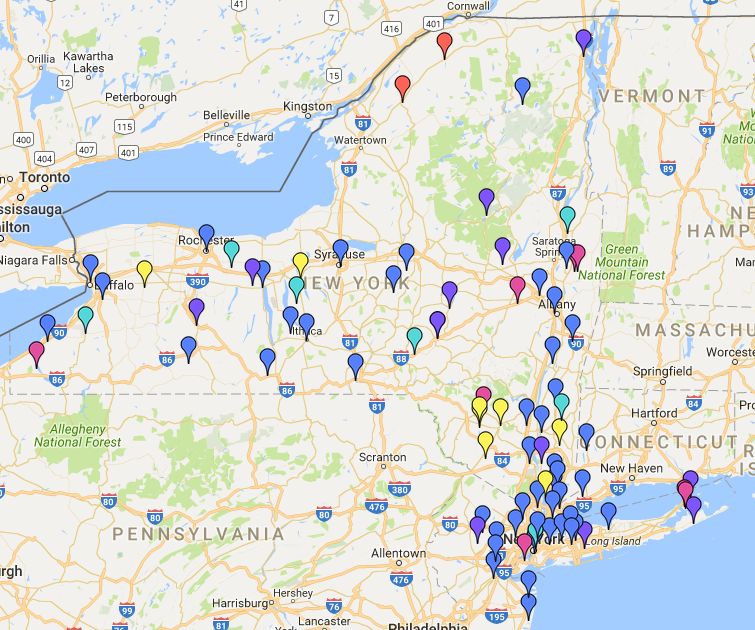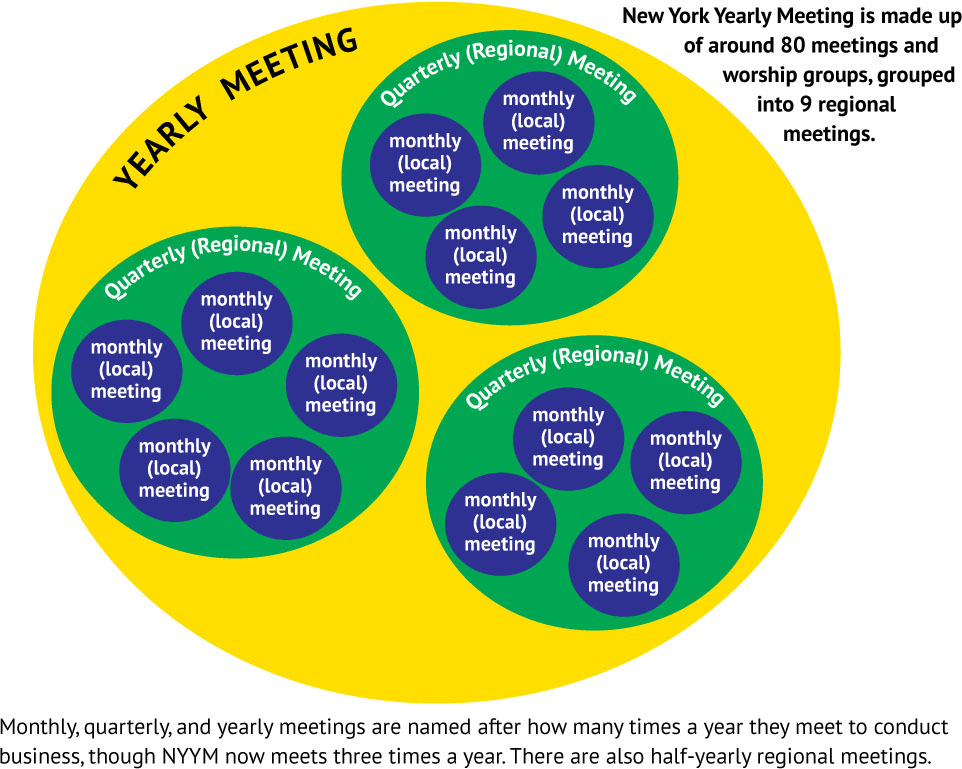Listening to Stories, to Divine
by Cai Quirk
Ithaca Meeting
There are many ways of knowing. Some of them interact well with others and some are more like oil and water, coexisting but separate, not mixing as easily. What do we lose when modern American culture centers more on fact and reason, often dismissing metaphors, spirituality, and storytelling? Stories are not false tales but ever-relevant ones. They invite knowledge that is deeper than the brain, reaching into the heart, emotions, body, soul. They encourage connections that span across distances, time, even to other realms or layers of the spirit world. Metaphors in stories lead to meanings the listeners and readers may use to find deeper insight into their own lives. Science and history in a modern American sense use primarily evidence-based and linear ways of thinking. Some call these “objective,” because personal biases are minimized, and value these forms more than storytelling. Neither stories nor science, nor other ways of understanding, are inherently more valid. Value comes from matching a particular set of criteria.Take oil and water, for example. If one is thirsty, oil will not quench one’s thirst, and therefore water is more valuable than oil in that situation. Similarly, if we want to learn about a particular time in history in a specific location, evidence-based research may provide the kind of information one is looking for, yet if we want to learn how the people thought back then or how their world-views interacted with the land and people around them, the stories and legends of that time might give us much more insight.
Stories and legends aren’t just tales created long ago, but ones created more recently as well. They extend beyond literal facts to deeper meanings and connections. Such tales have great power to inspire, connect us to one another, and create a sense of belonging and identity. This isn’t to say that stories and metaphors are better than science, or that these and other ways of thinking can’t intermingle. In many indigenous cultures, science and storytelling do intermingle, such as in legends about why a plant only grows in a particular location—the legend may show relationships between different plants and animals that are learned from observation over a period of time, and weave this together with a lesson about relationships that guides the listener in their own life. In modern American culture where stronger emphasis is on science and facts, turning to stories, metaphors, and even Spirit, takes more intentionality. What might we learn if we open to different ways of knowing?
Looking at legends and stories today offers ways to find deeper insight into our own lives and ways of interacting with the world around us. The stories can act as mirrors, the metaphors reflecting our lives so our inner teacher can learn through a new lens. These new lessons and knowledge will likely be different for each person or when someone hears the same story many times throughout their life. Like listening for Divine in Quaker worship, when we can take a moment to pause from the frantic pace of the world and listen more deeply, hearing meanings behind the words; we make space for not only these lessons, but also the inner teacher and Spirit to further guide us. These learnings, leanings, leadings, and guidance show up less often in the facts, figures, and linearity that science and history teach us to value, and more often in abstracted forms, senses, and other ways that are often hard to put directly into words. By opening up further to story and metaphor, to guidance that isn’t always immediately clear, we practice listening in ways that also open us further to hearing the Divine.





